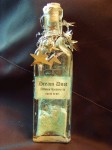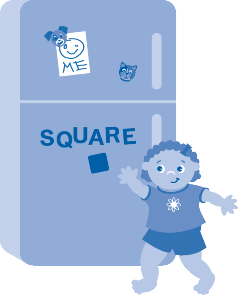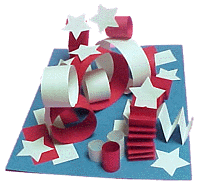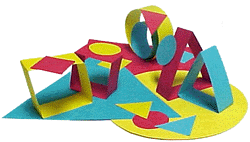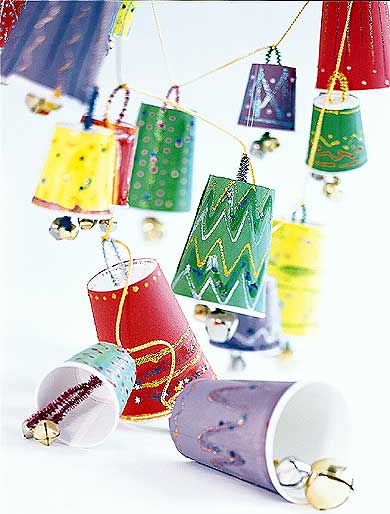 At this stage, your toddler learns about reading through everyday experiences with books. Simply through reading with adults, your toddler learns that books contain lots of interesting pictures and words and that stories show her worlds to explore.
At this stage, your toddler learns about reading through everyday experiences with books. Simply through reading with adults, your toddler learns that books contain lots of interesting pictures and words and that stories show her worlds to explore.
Â
Toddlers who have been read to will invite others to read to them. When adults stop and talk about the pictures, label objects on the page, and describe what they see, they are also promoting the child’s language development. As his language develops, your toddler will do these same things when he looks at books.
Â
Toddlers learn that books are special. Your toddler’s experiences interacting with books teach her how to handle books. She learns that there is a front and a back to the book. She also learns how to hold a book and how to turn its pages.
Â
Toddlers may use “storybook language” in their everyday conversations. For example, over a bowl of hot macaroni, you may hear your toddler say, “I’m gonna huff and I’m gonna puff.” Some toddlers may also incorporate reading into their fantasy play. For example, your child may read stories to his stuffed animals as he puts them down for a nap.
Â
Toddlers learn about the structure of stories from books. Through reading different books, toddlers learn that most stories contain the same parts: a setting, characters, a series of events that lead to a problem, and a solution to the problem. When your toddler understands the way most stories are built, it helps her to understand new stories that are read aloud to her. Years later, this will help her to understand stories she reads independently.
Â
Toddlers often show clear preferences and will ask to have a book read over and over again. Although parents may not want to read the same book, rereading is useful for toddlers. Reading a favorite book like Goodnight Moon for the one hundredth time will actually help your child relate what he hears to the words and letters on the page.
Â
Read a variety of books to your toddler. Toddlers enjoy books about animals, the alphabet, and children their age. Rhyming books are also popular with children this age. Just keep in mind that not every book a child becomes interested in will be a favorite of his parent or caregiver. Even if the book doesn’t seem very interesting to you, your toddler may enjoy hearing the story over and over again.
Â
 Talk to your toddler as you read a book. While you and your toddler read together, try labeling objects on a page, talking about the pictures, or taking turns telling the story. As you read, remember to stop every now and then and give your toddler time to focus on pages that are interesting to her. These interactions will also provide you with a window into your child’s interests, fears, and wishes.
Â
 As you read, take your cues from your toddler. It is OK if your toddler only wants to talk about the pictures or skip pages of the book. To make stories more interesting, you may want to change words or substitute the name of your child for one of the characters. What is most important is that you and your toddler have fun as you explore the world of books together.
 Build reading into everyday routines. Whether it’s at naptime or after dinner as a family, incorporating reading into daily events firmly establishes reading as a part of your toddler’s life. An important part of reading together is the physical closeness between adult and child. Toddlers love to be read to on a loving adult’s lap or tucked into their bed with their parent right beside them.
Â
 Enjoy alphabet books together to introduce letters. Keep in mind that the emphasis in reading alphabet books is not to “teach” the alphabet. Start by choosing books about things your toddler is interested in and books with engaging pictures. Reading these books together will provide you and your child with an opportunity to talk about the letters, their shapes, and familiar things associated with the letter, such as “B is for Bear.” In talking about the letters, their shapes and sounds, your child will begin to learn about how letters and sounds go together.
Â
 Draw your toddler’s attention to the printed words and letters he sees while doing everyday things. Simply through exposure to print, older toddlers may begin to recognize very familiar signs, labels, and names. As you bring your car to a halt at a stop sign, point and say, “Look, it’s a stop sign. I have to stop. The sign says STOP!” Pretty soon, your child will recognize the sign and tell you to stop. Pointing out signs and other ways writing is used in the environment will help your child begin to develop an understanding of the uses of print and build a foundation for reading.

